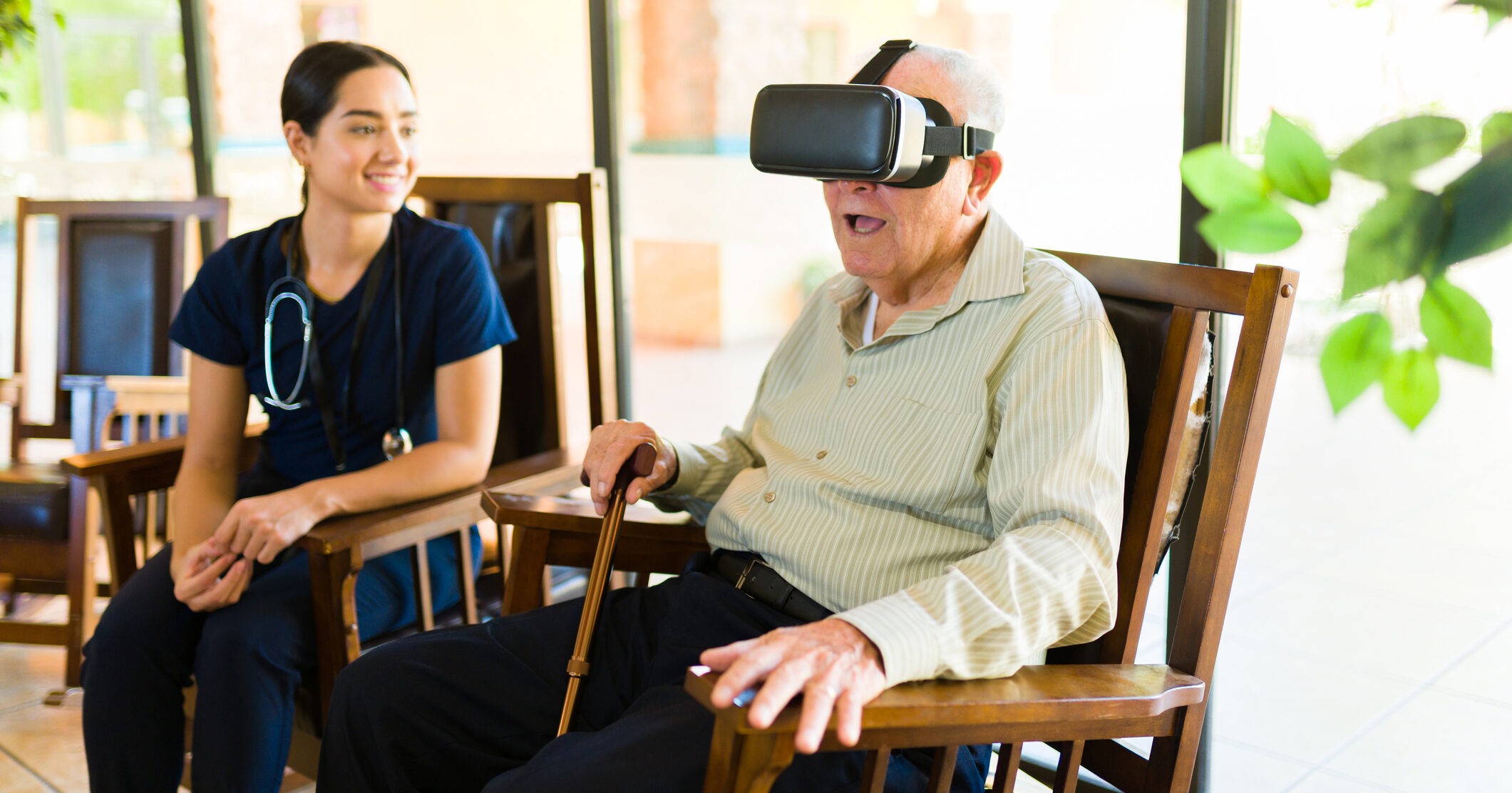From improving healthcare to confronting climate change, polytechnics have a front-row seat to industry’s most pressing talent and productivity challenges. Ahead of the 2024 Polytechnic Showcase, Polytechnics Canada connected with Sheridan to discuss their session on Leveraging AI for Improved Elder Care: Innovative Digital Companions for a Changing Demographic.
Project leads, Lia Tsotsos, Director of the Centre for Elder Research and Stephan Kozak, primary investigator and CG Animation VFX Lead at Sheridan’s Screen Industries Research and Training Centre (SIRT) were able to share a glimpse into their collaborative research.
Polytechnics Canada: Is there a story behind how this applied research project came to be? It is fascinating to see two research centres with very different areas of expertise combine resources this way.
Stephan Kozak: At SIRT, our research in animation and digital humans aimed to craft characters capable of eliciting empathy from audiences, whether through cinematic experiences or direct engagement via immersive and interactive platforms. This applied research project demonstrates artificial intelligence’s (AI) ability to transcend traditional boundaries, notably within the realm of screen industries.
Sheridan’s venture into healthcare research was sparked by a fascinating proposal named Memory Care by David Usher, founder and director at Reimagine AI. Usher’s proposal envisioned the development of avatars tailored for health and wellness. It inspired us to design avatars capable of establishing real connections, particularly with those suffering from cognitive impairments such as Alzheimer’s and the wider elderly community.
The Memory Care project required us to expand beyond the immediate resources at SIRT, prompting us to engage with the Centre for Elder Research. In collaboration with Lia and her team, we were able to access both their extensive expertise and continuous feedback from users and healthcare professionals. The partnership has enriched our research and underscored the significance of interdisciplinary cooperation when it comes to the application of artificial intelligence.
PC: Can you describe how AI companions stand to improve the quality of life for older adults? Do the use cases differ when a person is in a formal care environment versus living independently?
Lia Tsotsos: The use case is less about the type of care someone is receiving or where they’re receiving it and more about what function someone might want or need. For example, companionship is a likely use for an AI companion, but this is only helpful if someone is isolated or feels lonely.
An AI companion is another tool in the toolbox that we can use to support healthy aging. It can be a convenient resource to accommodate sensory changes, like hearing or vision loss, because it can use sensors or other actuators to communicate information (in addition to the avatar itself). It might compensate for cognitive changes by offering reminders, prompts or contextual family information to help someone orient themselves. It might offer a substitute care partner programmed to be a companion to someone no matter what type of support they need. In short, AI companions have the potential to improve the quality of life for older adults by being tailored to them and their individual needs. Flexibility is crucial.
PC: How did the research team engage with older adults to assess their needs and the impact of the tools being developed?
Lia Tsotsos: For this project, our team invited older adults living in their own homes to the Centre’s testing studio to engage in dialogue with a digital human and share their feedback. Our facilitator observed their engagement and collected participant comments. This method was repeated at a local retirement home and an adult day program location. This allowed our team to see how three distinct user groups engaged with the digital human and better understand how it might fit into their daily routines.
The project validated the effectiveness of AI companions in improving the lives of older adults and has paved the way for further research. Several findings, including that some individuals felt more at ease communicating with avatars in daunting or uncomfortable scenarios than they did interacting with real individuals, highlighted the unique potential of virtual companions.
PC: When people think about artificial intelligence, it is often cloaked in fear that AI will displace workers and steal their jobs. Can you expand on other community-based uses for artificial intelligence?
Stephan Kozak: The prevailing conversation on AI tends to concentrate on its potential to disrupt traditional job markets, invoking concerns about the displacement of human workers. However, such a perspective significantly undervalues the profound ways in which AI can enhance workforce capabilities and operational efficiencies. By automating routine and monotonous tasks, AI liberates employees to allocate their efforts towards more intricate and creative endeavours. This reallocation not only facilitates professional growth but also propels career advancement, enabling individuals to engage in work that is both intellectually stimulating and professionally enriching.
In community settings, AI’s role extends far beyond workforce optimization. In healthcare, for example, AI’s ability to predict virus outbreaks, customize treatment plans and streamline patient care enhances service delivery and supports healthcare workers by alleviating their workload. This allows medical professionals to devote more time to direct patient care and other critical tasks.
By refocusing the discussion on AI’s capacity to assist and augment human work and its wide-ranging benefits across societal sectors, we can shift from viewing AI as a threat to recognizing it as a tool for progress and enrichment.


